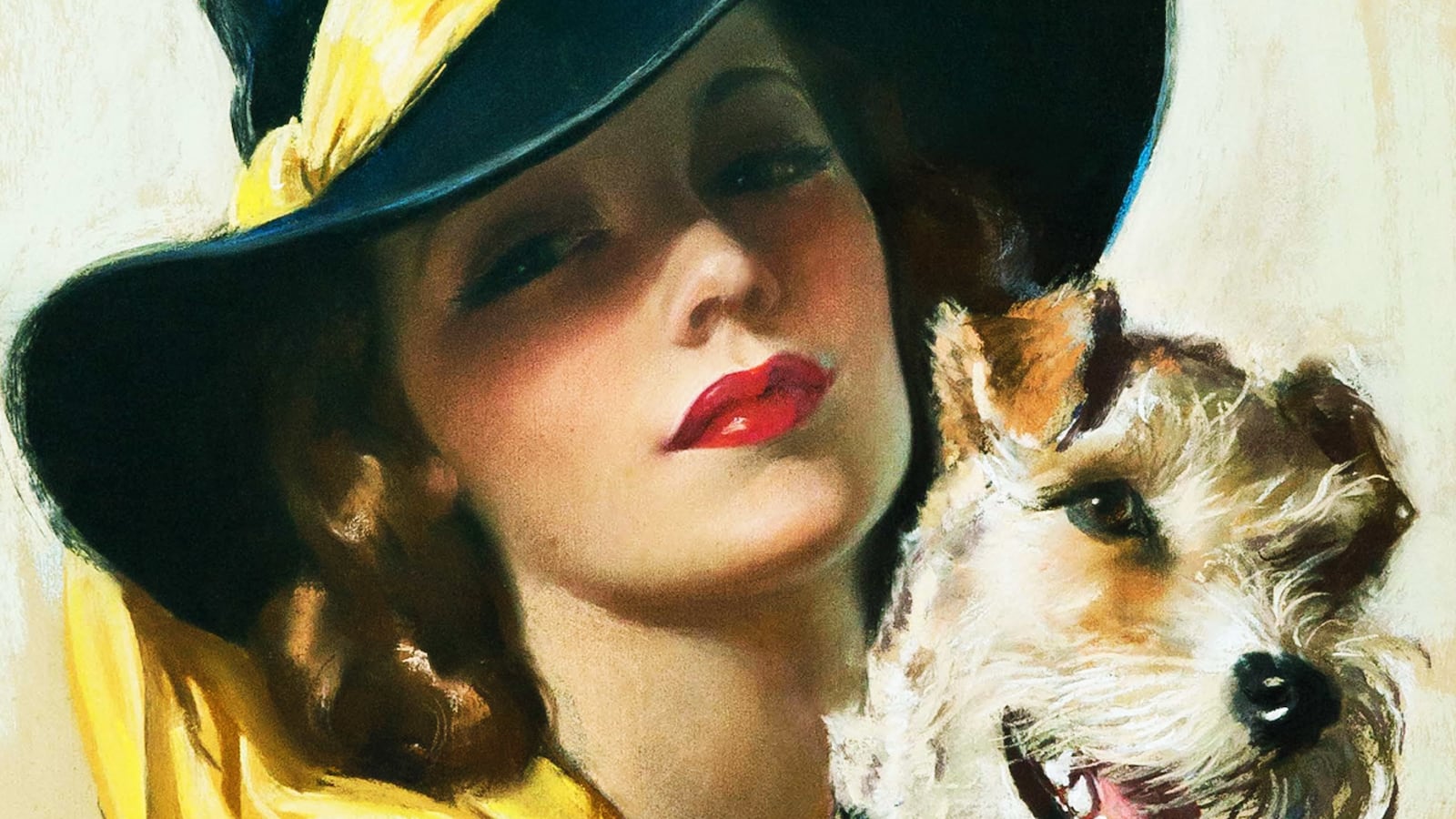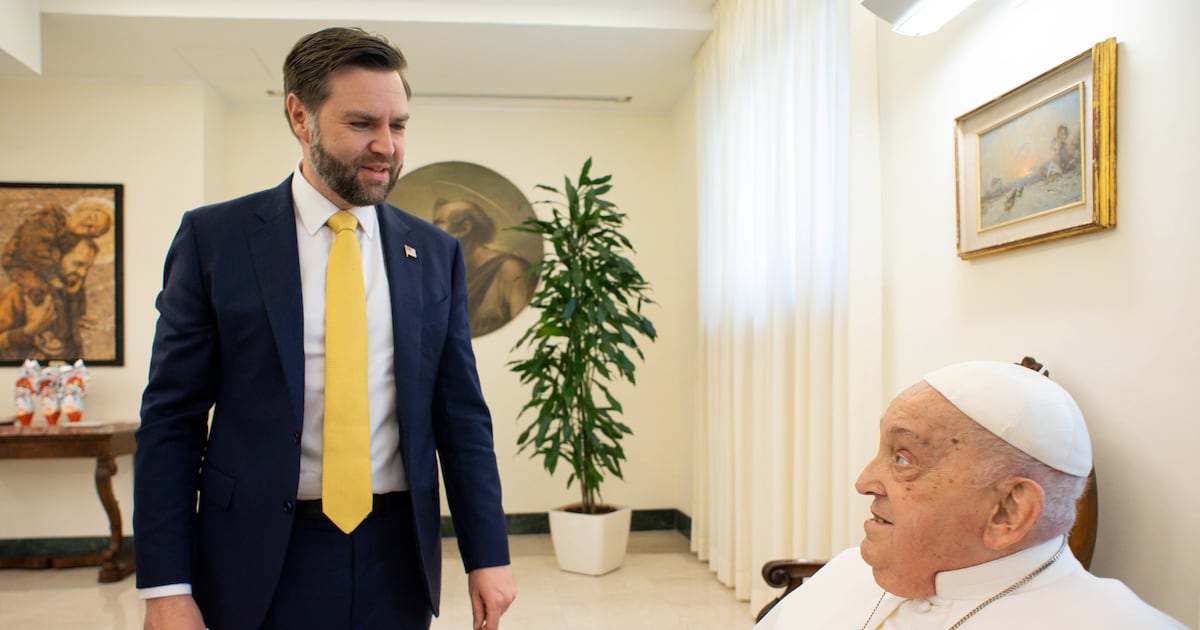Prologue
All the Things You Were
I picked up the book carefully, wary of the mold on its faded cover. Rodents had gnawed through the corners and the edges of its pages. On this oppressive June day when the humidity intensified all sweet and sour odors, the book smelled terrible. It was headed for the landfill, but the playful inscription to Jane Hall and the bold signature on the front endpaper caught my attention: F. Scott (“Pretty Boy”) Fitzgerald Metro-Goldwyn-Mayer 1938.
My mother was twenty-three when Fitzgerald brought her this copy of Tender is the Night. She’d been an art student and aspiring author on its publication date in 1934. Three years later, the snappy dialogue in her short stories caught the interest of celebrated Hollywood agent H. N. (“Swanie”) Swanson; within a few months she was hard at work at MGM. Before long, Jane Elizabeth Hall and F. Scott Fitzgerald were colleagues in adjoining offices at Hollywood’s most successful studio.
I carefully tore out the page with the inscription and filed it with other papers that seemed to be worth keeping for another day. It was 1987 and Jane had died on April 18, the Saturday before Easter. I had tried to telephone her on that brilliant April morning to let her know when we would arrive at Poplar Springs. After the fourth attempt I began to panic; she always answered the phone. But she was there, lying peacefully on her double bed, her hands clasped on her chest, surrounded by books, papers, half empty boxes of Milk Bone dog biscuits, a small television on the bureau that was always on, and eleven anxious German shepherds trying to wake her up. Her loaded .38 revolver— a gift from the local sheriff because she was so alone in that sprawling stone manor house out in the Fauquier County countryside—was still in the nightstand drawer.
Until a heart attack ended her life, Jane had a special cachet in Virginia as a former Cosmopolitan cover girl who had worked in Culver City for Louis B. Mayer. Jane married during her years as a screenwriter, and I had no idea that she had known Fitzgerald. Though she rarely spoke about her career, a few weeks before she died, she mentioned to me that she’d had a chance at real happiness between 1935 and 1942, when she’d been productive as an author. For so much of my life, she’d seemed preoccupied by money worries and swamped with business problems; in her later years she struggled with physical pain from a back injury. I wanted to learn more about the days when her green eyes sparkled, she laughed often, and her wit was razor sharp. What was it like to work as a writer in Hollywood? How did she end up there? Why did she leave? I didn’t expect to postpone my search for the answers to these questions for twenty-two years.
On a chilly October morning in 2009, I began, finally, to look through my mother’s papers that I’d kept in storage for so long. As a historian, I naturally focused on the years before I was born. As I pored through a scrapbook filled with poems, stories, articles, editorials, and book reviews that she’d published before she was fifteen years old, my heart went out to the young tomboy from an Arizona mining town who wanted passionately to be a novelist. Often she’d described people on the fringe of life—an elderly lady ignored by a bus driver; the son of a laundress spurned by a pretty, wealthy girl; a lonely street sweeper at midnight; or an alcoholic confined to a hospital bed. Her hard work was driven in part by the premature death of her father and idol, Dick Wick Hall, then Arizona’s favorite humorist. Jane’s fierce ambition and success as a juvenile author led the press to call her a “literary prodigy.” But her determination would be diluted for a time after her mother succumbed to breast cancer in 1930.
Once she became an orphan, Jane’s circumstances—and, therefore, the subjects she wrote about—changed dramatically. She and her brother traveled east to live with an aunt and uncle as part of a rarefied segment of Manhattan and Virginia society. Jane brought an outsider’s perspective to her new life among the debutantes and party girls of the Depression years. And she used what she learned to portray and parody this privileged world in her fiction and screenplays. Her diaries and scores of letters provide an appealing look at what it was like be a “woman writer” in Depression America. Her voice is candid, refreshing, and at times disturbing as she describes her response to the demands of editors, producers, studio executives, and the watchdog of the production code administration, Joseph Breen. Her published stories, articles, and screenplays depict an absorbing if narrow slice of popular culture in New York City and Hollywood during the turbulent ’30s.
At MGM Jane’s days “belonged only to Louis B. Mayer.” She worked long hours for some of his top producers dreaming up scenarios and clever dialogue that drew on her experiences in Manhattan. In August 1939, eight months after Cosmopolitan published her “book length novel,” These Glamour Girls, the movie of the same name premiered in New York City. The trailer announced “Jane Hall’s blistering expose” of the “platinum-plated darlings of the smart set;” The New York Times called it the “best college comedy” and the “best social comedy of the year.”
Jane not only wrote stories and screenplays, she reported from Culver City for Good Housekeeping and Cosmopolitan. Her editors there (William Bigelow and Harry Burton) loved the way her buoyant personality came through in her lighthearted interviews with MGM celebrities, and in her account of her visits to the sets of The Wizard of Oz and Gone with the Wind. Her letters home reveal the fun she had lunching with Rosalind Russell, dining with Walter Pidgeon, dancing with Jimmy Stewart, and sailing to Catalina on Joe Mankiewicz’s schooner.
I became intrigued by the way Jane participated in and observed the “culture of elegance” that magazine readers and movie audiences yearned for during the Depression. Historian Morris Dickstein finds that “a culture’s forms of escape, if they can be called escape, are as significant and revealing as its social criticism.” The ’30s, a decade often defined by the suffering and poverty that decimated millions of lives, was also “rich in the production of popular fantasy and trenchant social criticism.” Jane’s storytelling, laced with insight and satire, is a window into a world that was inaccessible to most Americans then and remains so today.
What determines who a woman will become? It was only after she died that I discovered the album of photos from my mother’s childhood. In one image a tall, proud woman stands with her arms around her two children in the brilliant sun near Salome, a hardscrabble mining town in western Arizona.
The woman, Daysie Sutton Hall, is the grandmother I never met. On her right is thirteen-year-old Dickie, Jane’s brother, in scruffy overalls and an oversized sweater, a cloth fedora pulled down low to shade his eyes. The ten-year-old girl on Daysie’s left wears a pleated skirt and middy, scuffed shoes, and knee socks pulled up tight. The light brown bangs of her cropped hair almost reach her eyebrows. It is the girl’s “don’t-mess-with-me” expression that stands out in this 1925 sepia photograph. For she is fearless, funny, mischievous, and proud to be a tomboy who can ride “Killer,” the wildest horse in the desert hamlet that her father cofounded. What thrills her most is that she has just had her first story accepted by the Los Angeles Times.
I grew up with a different image of Jane. The centerpiece of our living room was Bradshaw Crandell’s full-length portrait of Mrs. Robert Cutler (Jane’s married name). There she is a stunning platinum blonde in a long, black velvet evening dress with a white ermine neckline. She appears to be a tall woman with a movie-star figure, perfect features, and ruby lips and nails. The large emerald that sparkles on her left hand matches her green eyes. The woman in this portrait is as inaccessible as classic-era stars in publicity photos. The black wool carpet and ivory upholstered furniture that defined the large paneled room complemented Crandell’s work. Many people loved the exquisite painting—movie stars and numerous prominent men and women sat for Crandell who, in 2006, was inducted posthumously into the Society of Illustrators Hall of Fame. But it reminds me of the P. D. Eastman book that I once read to my grandsons: Are You My Mother?
Such Mad Fun follows a talented small-town girl with grand ambitions who sought to be independent at a time when her family, her friends, and her social and cultural milieu had other expectations for her. It is also a behind-the-scenes look at the messages that popular culture conveys to its audiences. Feminist Betty Friedan underscores the critical role that magazines played between the ’30s and the ’50s in defining women’s sense of who they were meant to be. Who was the ideal young woman—more specifically the ideal young, white, middle- and upper-middle-class woman—targeted by so many magazines and movie houses? Whether for print or for the screen, Jane’s stories brim with class conflict while providing guidance for her peers on how to navigate in the eternal search for the perfect mate.
In the ’50s, my mother was often a mystery to me—if her bedroom was not off-limits, I headed straight for her mirrored dressing table just to look, not to touch, the artist’s tools that allowed her to transform herself into a glamour girl before she could be seen in public. She rarely came out of her room without her “face on”; I don’t recall ever seeing her with wet hair. I must have sensed that her life was not what she thought it should be. And after her death I wondered how the plucky tomboy in the photo album became the woman in Crandell’s portrait. What was lost and gained in the process? Something dramatic happens to little girls as they approach adolescence—many lose their voice. This book is both a coming-of-age story and a cautionary tale set in the cultural and social context of a decade that has surprising parallels with American life today.
Robin R. Cutler is the author of Such Mad Fun: Ambition and Glamour in Hollywood’s Golden Age. She has spent most of her career as a public historian both at the National Endowment for the Humanities and as president of two nonprofit organizations. She was the producer/writer of the award-winning PBS documentary Indian America: A Gift from the Past, and co-producer of ROANOAK, an Emmy-nominated dramatic series for PBS. Her first book, A Soul on Trial, was named a “notable naval book of 2007.” She has a PhD in history from Columbia University and taught for eleven years in universities in New York City.
Robin divides her time between New York, Florida, and her daughters’ homes in California. In addition to reading, writing, and mentoring students, she loves animals, trees, salted caramel, baseball, the Golden State Warriors, PBS, and Turner Classic Movies. Find her at RobinrCutler.com, Facebook or Twitter @NYCRobin






